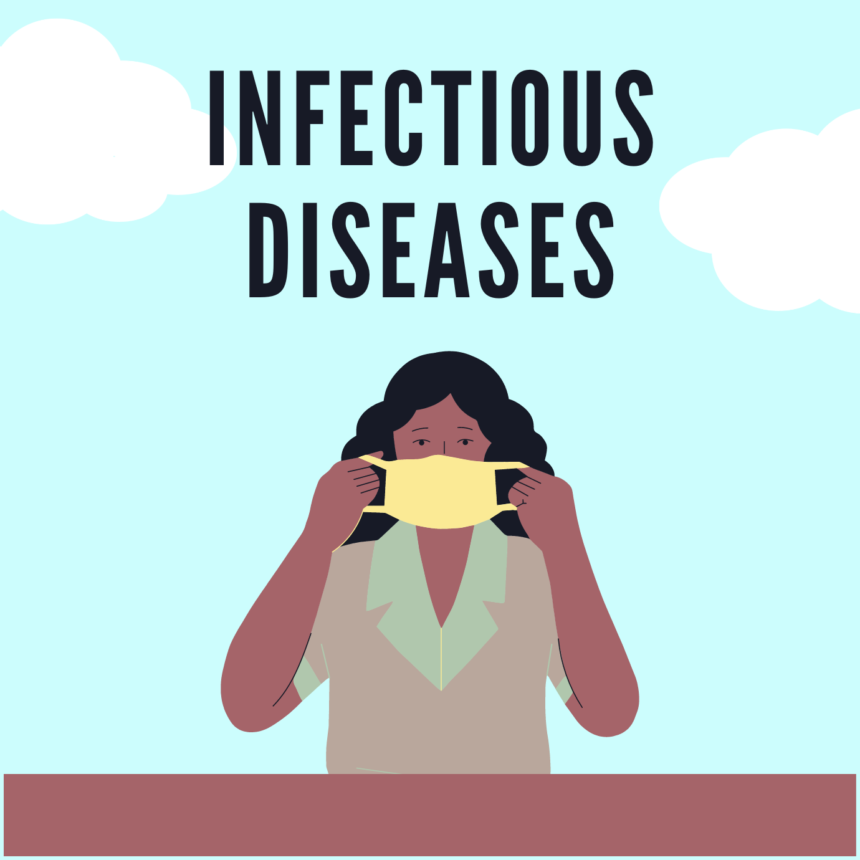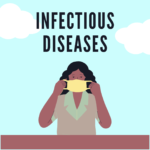In an interconnected world, emerging infectious diseases pose a significant global threat. These diseases, often caused by new or previously undetected pathogens, can spread rapidly, challenging public health systems and requiring coordinated responses. Let’s explore the nature of these threats and the strategies used to respond effectively.
Characteristics of Emerging Infectious Diseases (EIDs):
- Zoonotic Origins: Many EIDs originate in animals and can jump to humans, highlighting the importance of monitoring and controlling diseases in wildlife.
- Global Travel and Trade: Increased international travel and trade can facilitate the rapid spread of EIDs across borders.
- Antimicrobial Resistance: The misuse of antibiotics has led to the development of drug-resistant strains of pathogens, making treatment more challenging.
Response Strategies:
- Surveillance and Early Detection: Rapid detection and reporting of outbreaks are critical. Surveillance systems and data-sharing mechanisms, such as the World Health Organization’s Global Outbreak Alert and Response Network, help identify and respond to EIDs quickly.
- International Collaboration: EIDs require international cooperation. Organizations like the World Health Organization (WHO) and the Centers for Disease Control and Prevention (CDC) work together to coordinate responses, share information, and provide resources.
- Vaccination and Treatment: Developing vaccines and treatments for EIDs is a priority. The rapid development of COVID-19 vaccines exemplifies the potential for scientific advancement in response to emerging threats.
- Public Health Education: Educating the public about preventive measures, such as handwashing and mask-wearing, is crucial in controlling the spread of EIDs.
- One Health Approach: Recognizing the interconnectedness of human, animal, and environmental health, the One Health approach encourages collaboration across disciplines to address EIDs holistically.
- Travel Restrictions: Temporarily limiting travel and implementing border controls can slow the spread of EIDs during outbreaks.
Examples of Emerging Infectious Diseases:
- COVID-19: The ongoing pandemic caused by the novel coronavirus (SARS-CoV-2) highlights the global impact of an EID and the importance of a swift response.
- Ebola: Outbreaks of Ebola virus disease in Africa have been met with international responses, including the development of experimental vaccines.
- Zika Virus: This mosquito-borne virus, which emerged in the Americas, raised concerns about birth defects and led to increased mosquito control efforts.
Challenges:
- Antimicrobial Resistance: The development of drug-resistant pathogens complicates treatment efforts.
- Vaccine Hesitancy: Overcoming vaccine hesitancy and ensuring widespread vaccination is crucial for controlling EIDs.
- Resource Disparities: Low-income countries often face challenges in responding to EIDs due to limited healthcare infrastructure and resources.
Conclusion:
Emerging infectious diseases are an ongoing threat, but with global cooperation, investment in research and healthcare infrastructure, and a commitment to public health measures, the world can respond effectively to these challenges. Preparedness, early detection, and rapid response remain key strategies in protecting global health.



